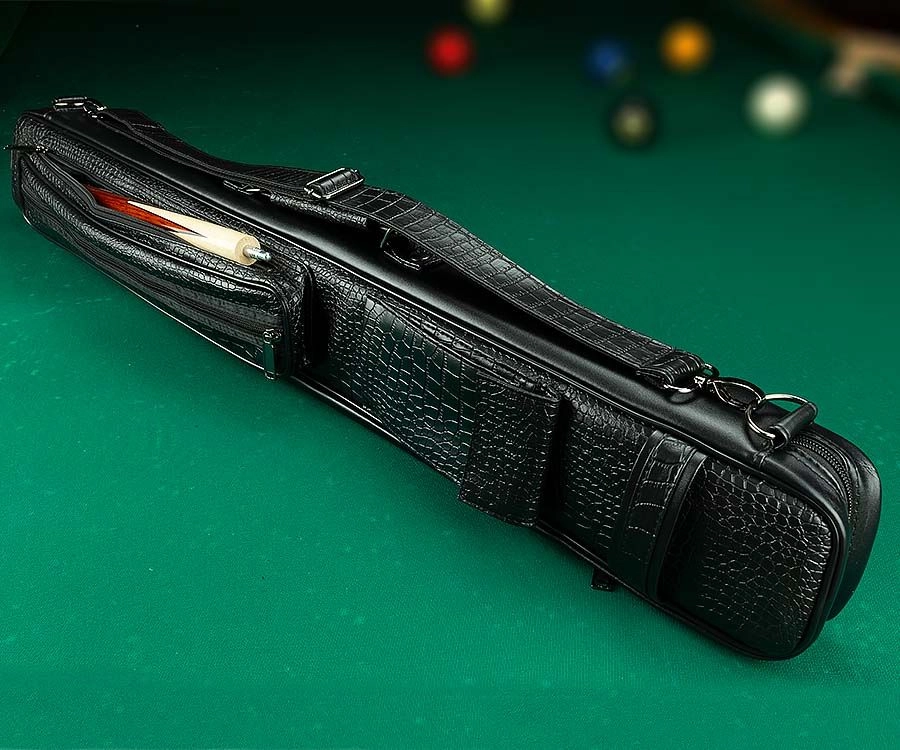Buying Guides
My Ultimate Guide to Leather Pool Cue Case
If you’re someone who spends time playing or following pool, you’re probably no stranger to leather cue cases.
Compared to other materials, leather cases clearly stand out. Honestly, they look dope.
To me, a leather cue case is like a leather bag or briefcase, it just looks great. You enjoy looking at it, you enjoy using it, and you even enjoy showing it off to your friends. It sparks something inside you, like wearing a good watch.
I believe investing in a quality leather case is a smart move. A well-made leather case is a solid investment, and the best part is, you can use it for years. The more you use it, the better it looks, and over time, it carries your personal mark.
There are many things to consider when buying a case, your playing style, how often you travel, how many cues you use, and your budget. Everyone has their own preferences, but it’s worth thinking about these before making a purchase (By yourself ).
This article focuses on the basic elements that make a high-quality leather case. In my view, there are three main ones:
- Leather quality
- Inner protection structure
- Finishing details
Leather Quality
Leather checking 101 for beginners:
If you’re holding your leather case right now, pay attention to a few things. First, look closely at the surface. Real leather has natural grain and color variation, not uniform like printed leather. If you hear a soft creak when you bend it, that’s another good sign.
If you can’t touch it in person, check the product description. You want your case to be made from full-grain or top-grain leather. These are the highest-quality types, durable, flexible, and they age beautifully over time.
If you see bonded leather, PU leather, or synthetic leather, be cautious. These are mixed or artificial leathers. They might look shiny and nice at first but tend to peel, crack, or fade after a few years.
These are just the basics to help you spot a good leather case. If you’ve got your own tips for checking leather quality, drop them in the comments.
Also, keep in mind that one case might not use the same type of leather throughout. Manufacturers often combine different leathers for different parts.
Inner Protection Structure
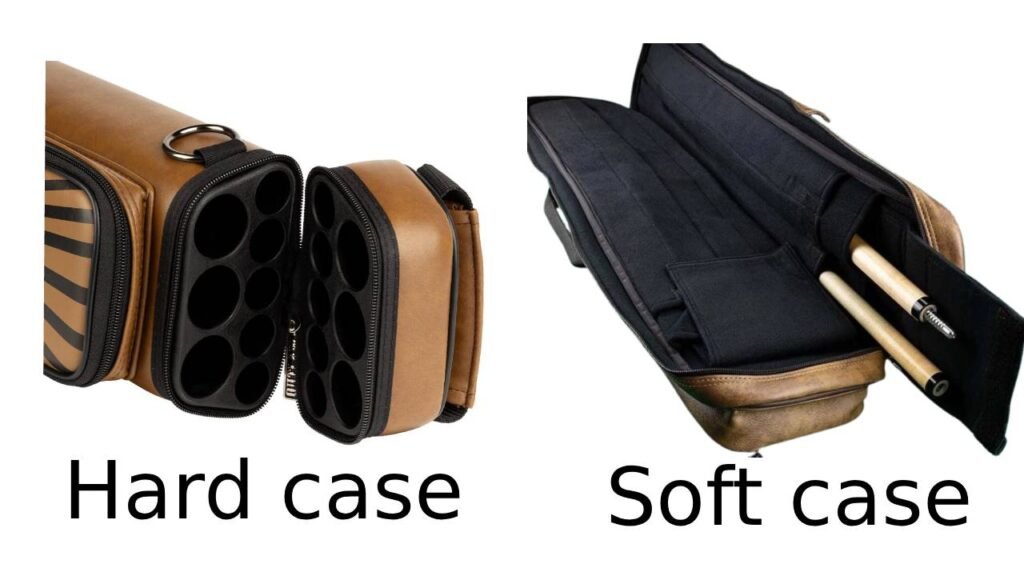
The inside of a case is just as important as the leather on the outside. A case that looks good on the outside can still fail to protect your cue if the inner build is poor.
The main job of the interior is to keep your cues from moving, bumping, or taking direct impact when you travel. Some cases are stiff on the outside but too loose inside, allowing cues to rattle. Over time, that can cause small scratches or wear on your cue.
A good case holds your cue snugly, not too tight, not too loose. When you tilt or lift it, the cue stays in place. It’s the same feeling as storing something valuable exactly where it belongs.
The lining material says a lot about the maker’s mindset. If it’s soft, thick, and has a little bounce, that’s usually a sign of care and craftsmanship.
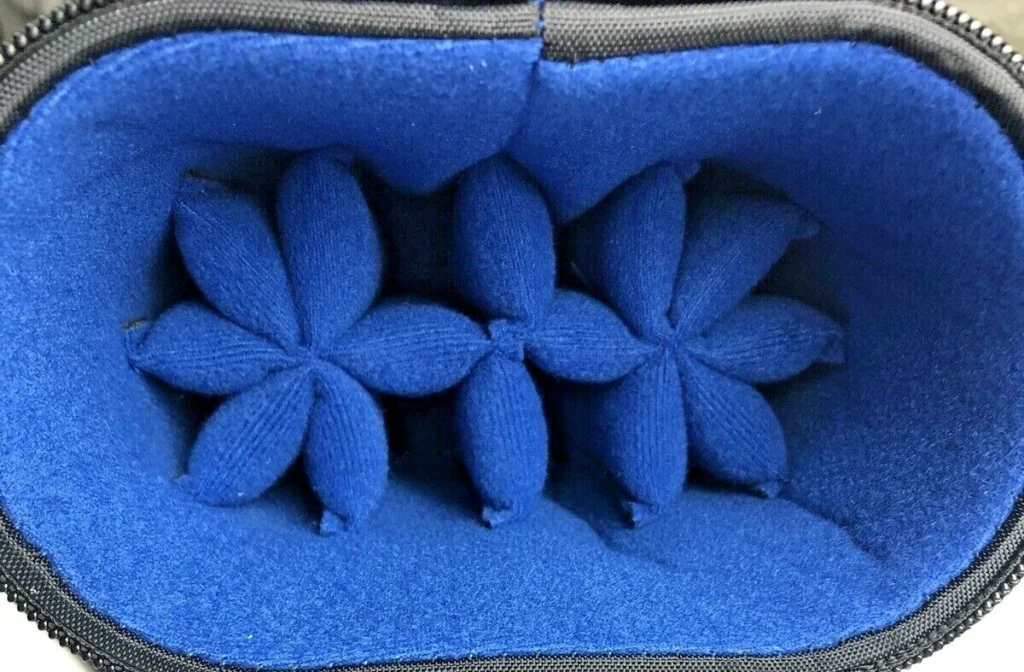
The bottom of the case also matters. It’s the part most people overlook, yet it takes the most impact. Every time you set the case down, all the weight of your cue presses on the bottom. If it’s thin or just leather without padding, it’ll dent or crack quickly.
High-quality cases often have a rubber pad or thick wooden base wrapped in leather, which helps absorb shock and protects the butt of the cue from hard hits.
When you test a case, set it down a few times. If the base feels solid and quiet, that’s a good sign. If it feels hollow or flimsy, that case probably focuses on looks more than function.
Finishing Details
A good case isn’t just about quality leather or strong structure, it’s about the little things many people overlook. Details like stitching, straps, hinges, zippers, and clasps show the maker’s craftsmanship.
When you pick up a well-made case, you can feel the quality right away. Clasps close firmly, not loosely. The zipper slides smoothly, not stiff or sticky. When it glides quietly and evenly, that’s the mark of a solid zipper.
Cheap cases often use plastic or thin-coated metal zippers that jam or fade within months. A sturdy metal zipper gives a leather case both strength and a premium feel.
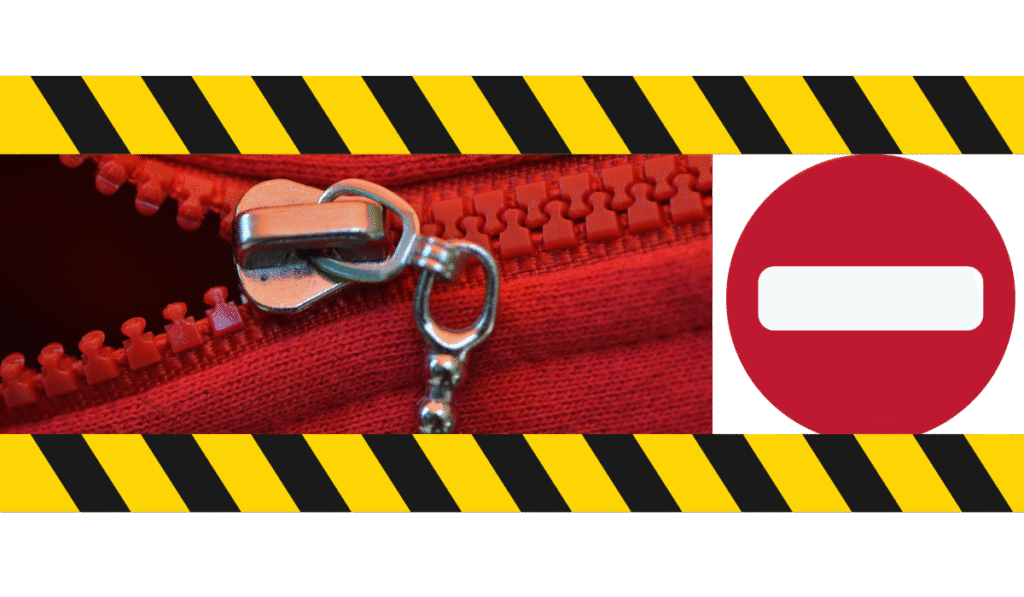
The stitching should be straight, even, and tight. Good cases often have recessed stitching or stitching pressed close to the edge.
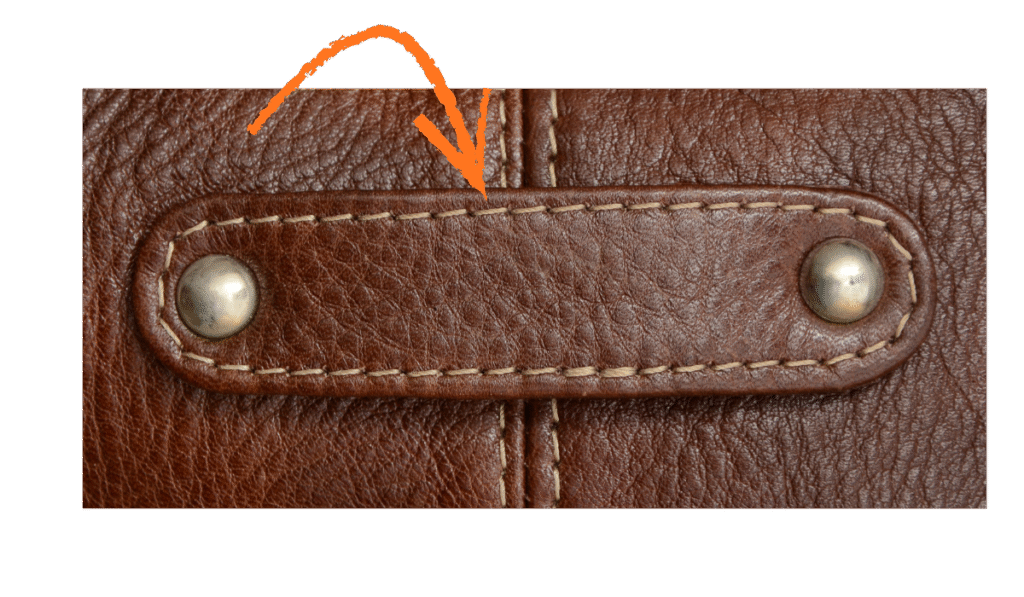
Look closely at the leather edges, too. Properly treated edges are smooth and uniform in color. Many low-end manufacturers skip this step, and the edges start cracking or separating after a few months.
The straps and handles take the most stress, so they should be reinforced or have inner padding. Thin, single-stitched straps usually break at the joints after a short while.

These small details don’t just show style, they reflect the maker’s respect for their work. A trusted brand always checks every stitch and zipper.
Conclusion
If you decide to get one, choose a case made with real materials and solid craftsmanship. Treat it well, and it will follow you for years, just like a trusted cue that never lets you down
Key Takeaways
- A good leather case isn’t a short-term buy
- Real leather, especially full-grain and top-grain, ages beautifully and lasts for years.
- The inside matters as much as the outside.
- Always check the bottom, zippers, and stitching.
- A solid metal zipper, thick straps, and clean edges are signs of a well-made case..
Learn more about leather here:
What’s the difference between real leather and fake leather?
What do full-grain, top-grain, and genuine leather mean?
What is vegetable-tanned leather?
What does real leather smell like?
How can I know what type of leather a product uses?

